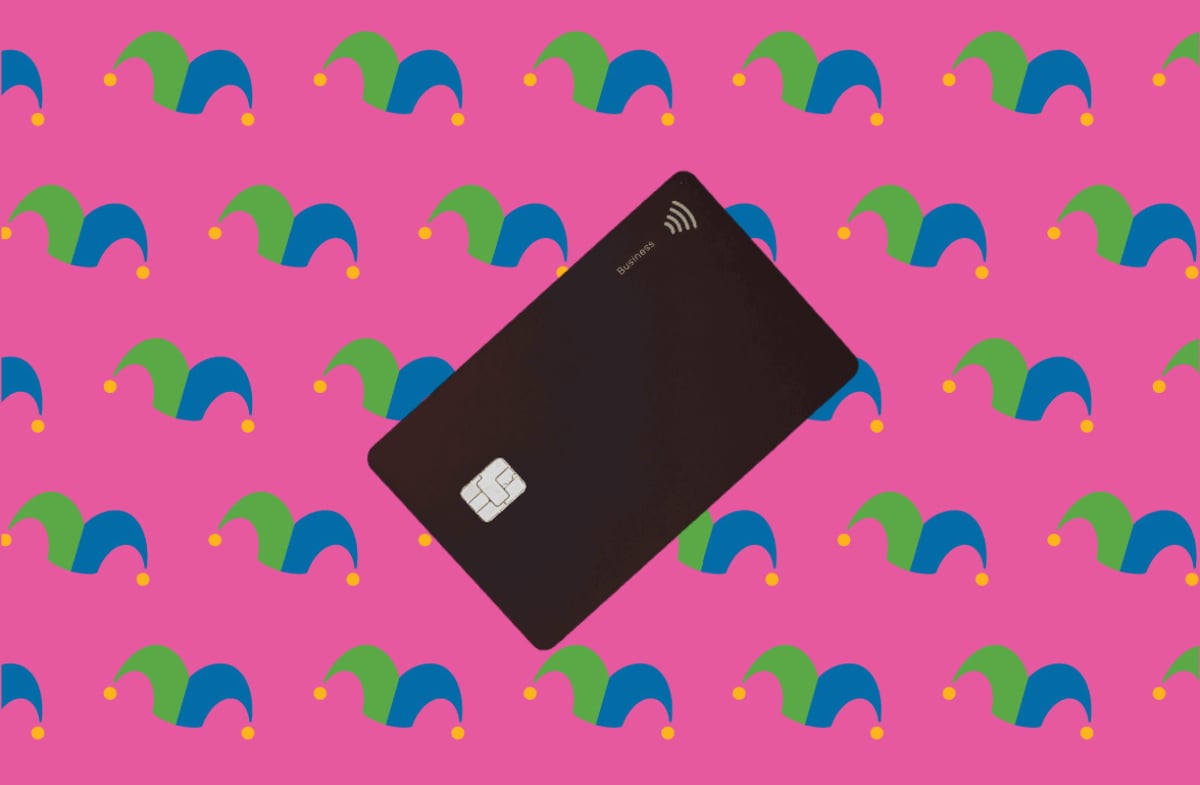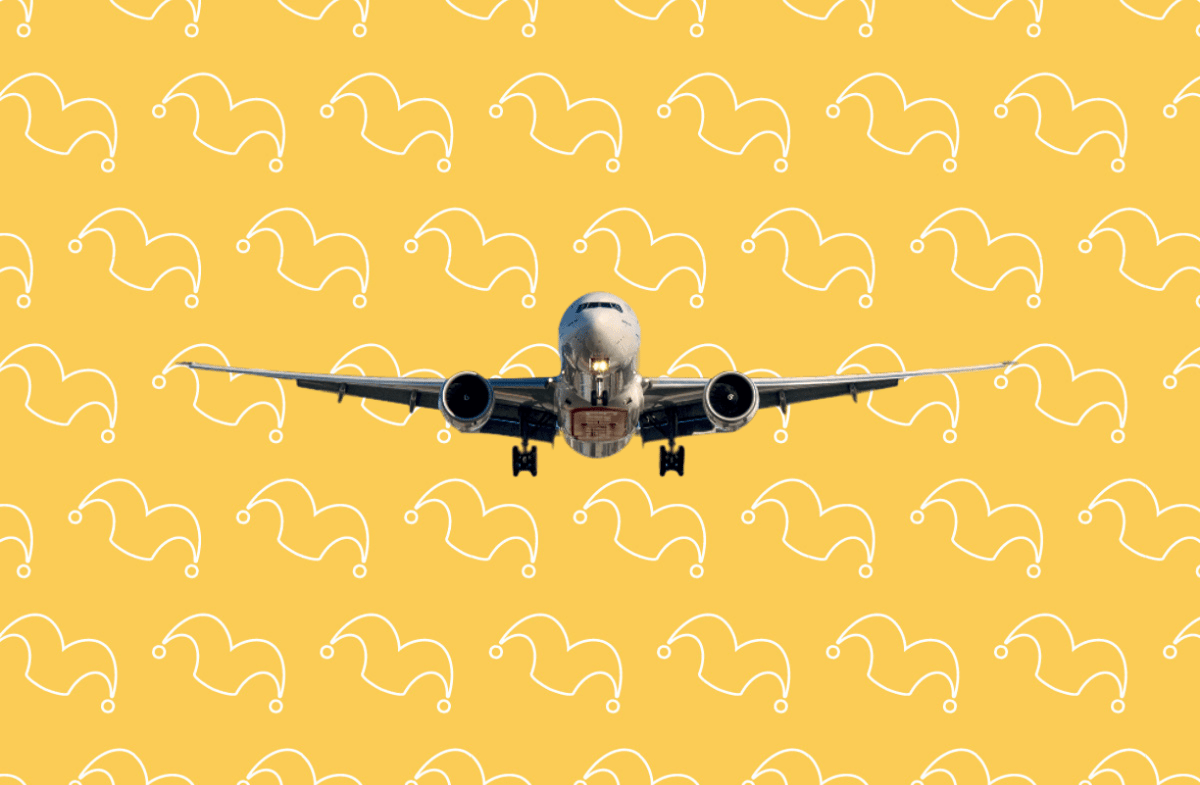More stadiums are operating without cash. How will this affect your personal finances?

The United States is rapidly becoming a cashless society, and sports stadiums are leading the way. As of 2022, nearly all Major League Baseball stadiums, most NFL stadiums, and NBA/NHL stadiums, such as the United Center in Chicago, are operating cashless. Some stadiums now offer “reverse ATMs” where you can deposit cash on a prepaid card that can be used inside the stadium, while others offer mobile ordering for concessions, turning the game day experience into a Grubhub-like experience.
There are pros and cons to going further cashless. Cashless stadiums can be a good thing if they help reduce concession lines and make the fan experience more seamless, digital and easier to manage. However, there are also some potential disadvantages and complications. If the U.S. economy goes the way sports stadiums and event venues do and goes completely cashless, it could have a major impact on personal finances.
Let’s take a look at some of the big trends in the growth of cashless arenas and how they impact your (digital) wallet.
inform: The highest cash back card we’ve seen so far has a 0% introductory APR for 15 months. Learn more here.
1. Cash is no longer king?
According to Pew Research, as of 2022, 41% of Americans say they do not use cash for purchases in a typical week. The percentage of Americans who are cashless has increased significantly since 2015, when only 24% of Americans were cashless. Cash as a means of payment will likely continue to decline as more Americans use debit cards, credit cards, digital wallets, or peer-to-peer payment apps to pay bills and send money.
However, some people prefer using cash and would find it more difficult to navigate daily life in a cashless world. If you like feeling in control of your money (literally holding it in your hands), knowing how much you spend, and using the cash stuffing/envelope method to save money, this could be bad news for your savings goals.
more: Our picks for the best credit cards
2. Watch your spending
Stadiums are reporting higher sales per concession order thanks to cashless technology. A study in the UK found that cashless payments led to a 15-30% increase in fan spending. This is good news for stadiums and sports teams. But what happens if cashless stadiums lead people to overspend?
In the “good old days” of cash, you could go to a game with a few cash bills in hand and know you wouldn’t spend more than that amount. But in a cashless world, it’s important to adopt new ways of thinking that can help you control your spending. Sometimes, when a company makes it too convenient for you to spend your money, it can have bad consequences for your personal finances.
3. More mobile banking and digital wallets
The biggest reason for the emergence of cashless stadiums was the pandemic. As sports leagues attempt to reopen in 2021, they want to reduce the number of touch points between fans and concession staff. Every single line of people waiting for beer and hot dogs, and every moment of scrambling for cash became an opportunity for the spread of COVID-19.
One benefit that has come from these experiments with cashless stadiums is that concession lines are actually shorter as a result. Cashless payment options can reduce transaction times by 50%. As a sports fan or concertgoer, this means less time waiting in line for food and drinks and more time sitting down and enjoying the event.
Beyond the playing field, the entire future of payments, banking and personal finance is likely to become more contactless, mobile-first and digital. If you like digital banking apps and feel comfortable with them, this is good news. However, some people may have a hard time adjusting and may miss the days of cash. Cash is in some ways slower, messier, and more risky, but it also offers convenience and privacy.
4. Widening digital divide among unbanked people
Some people don’t have bank accounts, debit cards, or credit cards. What does a cashless future mean for the unbanked? Will this trend toward cashless payments drive a wider “digital divide” between those who can easily purchase online services and mobile apps and those who cannot?
What happens when it becomes harder for people to spend cash and more places don’t accept it? The state of Colorado requires businesses to provide cash-and-prepaid card kiosks so people can bring cash to the stadium. Both the Denver Broncos’ and Colorado Rockies’ stadiums offer this feature. Even if cashless payments are the future, there are likely to be more state and local laws requiring cash as an option in public places.
gist: The future of digital payments is here. Contactless payments (via cards, apps or digital wallets) have become so widespread that many public places no longer accept cash. This is another vivid example of how digital wallets and mobile payment technology can impact personal finances. If you’re a long-time envelope stuffer who prefers to pay with cash, you may need to find new strategies for how to budget and save.
WARNING: The highest cash back card we’ve ever seen has a 0% introductory APR until 2025.
This credit card isn’t just good. It is very special as it is used personally by professionals. This card offers 0% APR for new signups for 15 months, up to 5% cashback, and no annual fee!
Click here to read the full review for free and apply in just 2 minutes.
Read reviews for free



